SGGP
Nguyen Hieu Tin is a familiar name among calligraphy lovers in Ho Chi Minh City, he was the first director of the Ho Chi Minh City Youth Cultural House Calligraphy Club and won many awards at stamp exhibitions at home and abroad. He recently "introduced" the work What is Calligraphy? nearly 400 pages, published by Hong Duc Publishing House.
Reading the work, readers are attracted by the analysis, evaluation, explanation and presentation of convincing arguments and proofs about the beauty of calligraphy, taking readers back to the time when writing first appeared, until it was raised to a higher level of artistic quality.
Calligraphy - artistic writing - is not simply drawing, but must convey the state of mind, the soul of the words, of the writer. It is interesting that the author introduces us to some works that summarize the calligraphy schools from East to West. In addition to Chinese, Japanese, Korean, Han Nom Vietnamese, we also have the opportunity to learn about Arabic, Tibetan, and Western calligraphy. Through that, the author also means that: "Eastern calligraphy" and "Western calligraphy" - although different in means, form, purpose... but they meet in "beauty".
According to the author, if "Vietnamese calligraphers" do not be too fussy, meticulous, elaborate, and skillful on each letter, but pay more attention to the meaning, spirit, and atmosphere; that is, to be relaxed, serene, and still... so that the letters flow naturally, peacefully, and consistently, then "Vietnamese calligraphy" will certainly have a new stature, although it does not dare to be compared with "Chinese calligraphy", but it will also express the unique beauty of inward-looking Eastern culture: dedicating moral values, humanity, and the spirit of goodness and upwardness to people before society.
Commenting on the work, Associate Professor, Dr. Tran Hong Lien said: “The value of the work is that it has highlighted the creativity in the characteristics of the Vietnamese people, contributing to promoting and preserving the cultural identity of the Vietnamese people in the integration process. Through the work, we see the enthusiasm of the young generation entering the field of art, knowing how to feel and express their souls through sharp pens and warm passion for Vietnamese calligraphy.”
Hopefully, after What is Calligraphy?, Nguyen Hieu Tin will continue to engage in the field he is passionate about, to exploit all the good and unique things, to introduce to readers; through deeper and broader research works, to affirm the soul of calligraphy and its strong vitality. And, also to express the author's wish when writing the last page to close this book: "Vietnamese calligraphy has penetrated deeply into people's souls and if we have the awareness to appreciate it, create a strong momentum, know how to preserve and promote it, it will surely become a national treasure".
Source


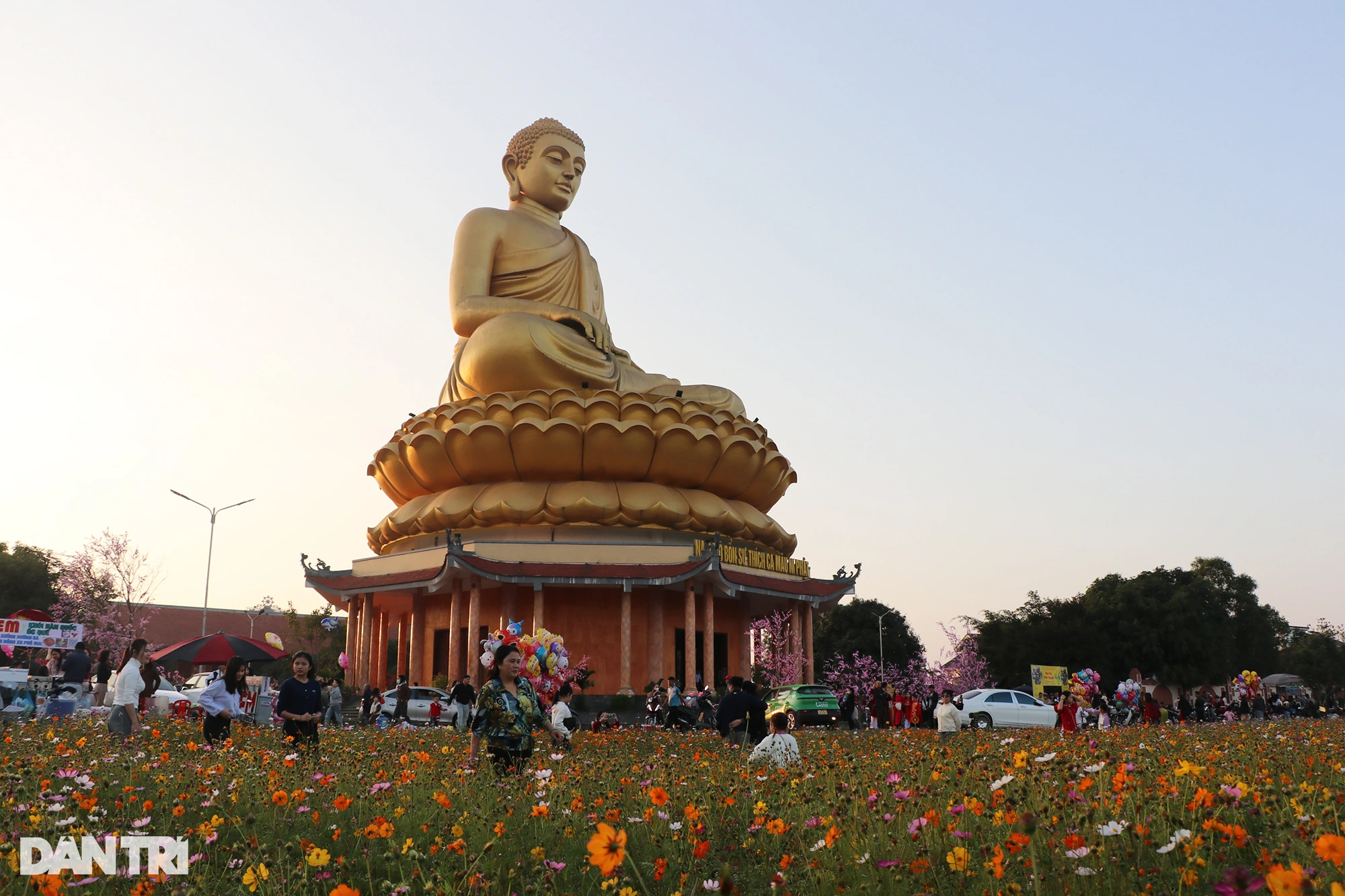




















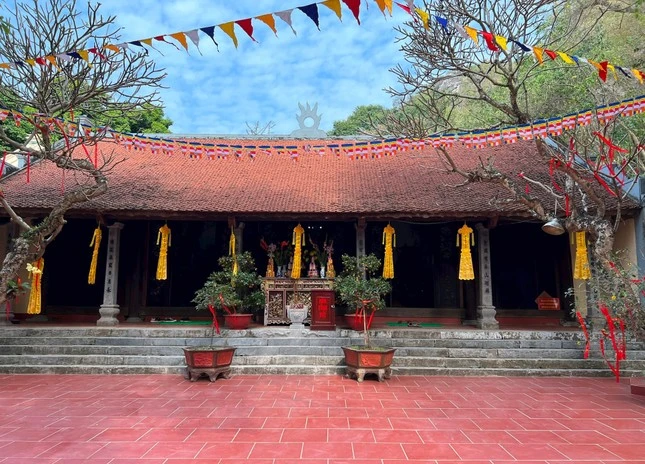
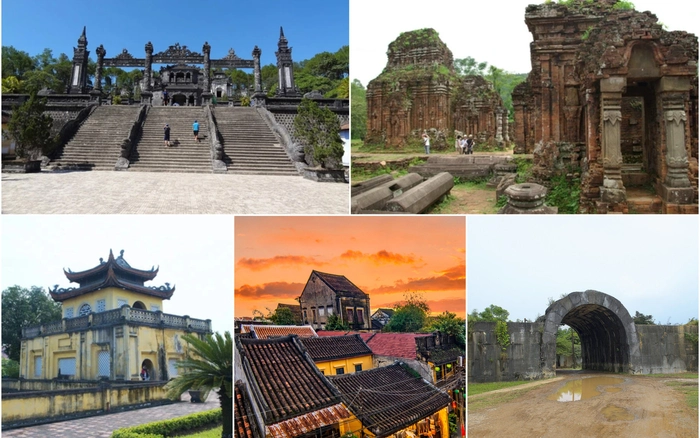
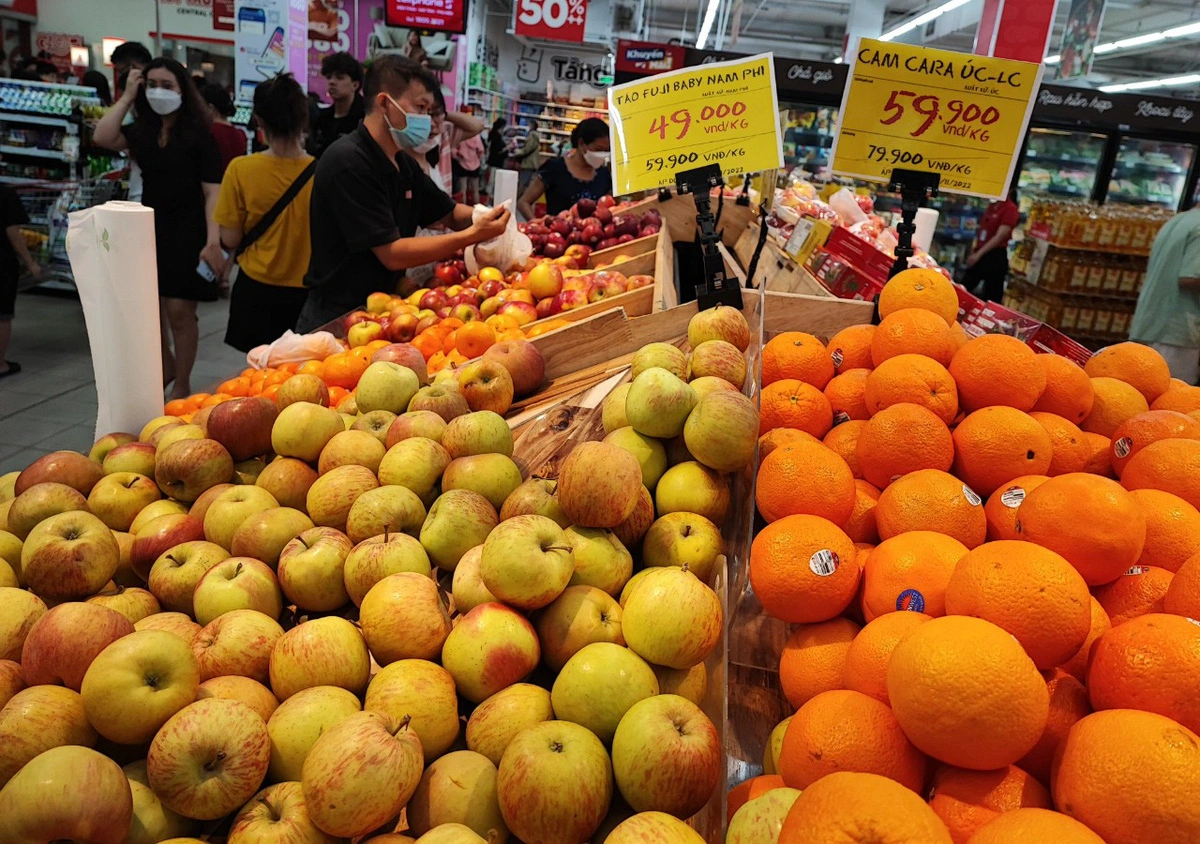
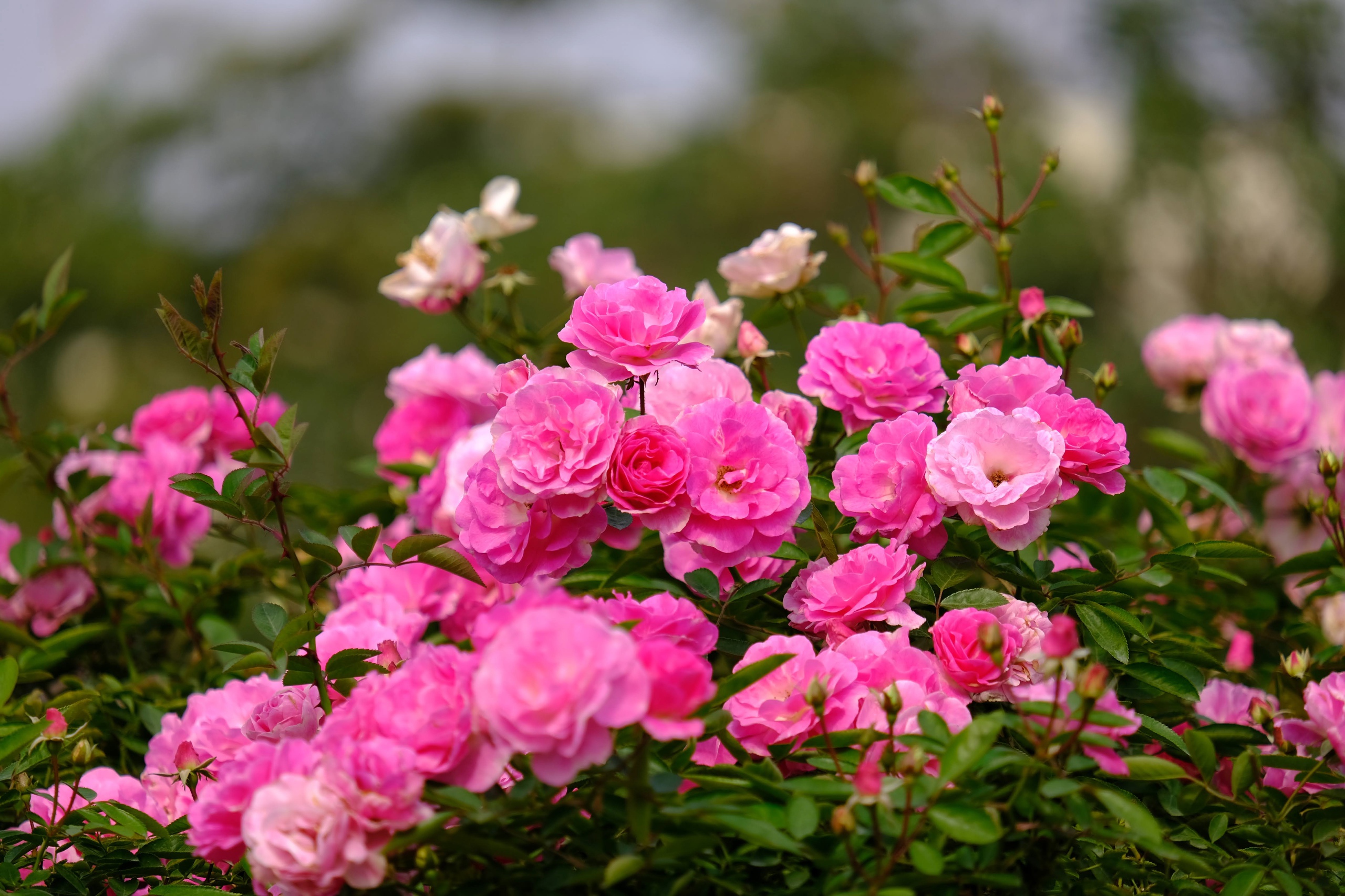

















Comment (0)